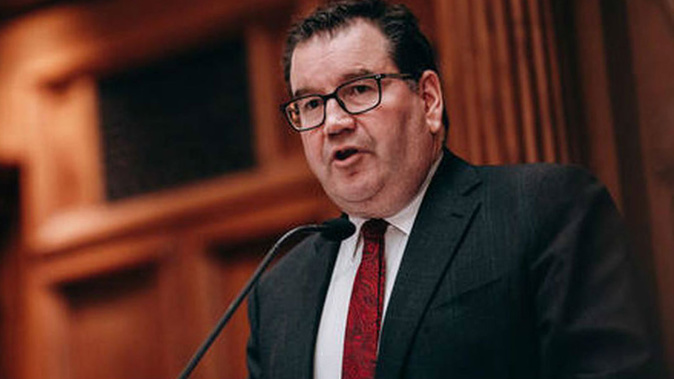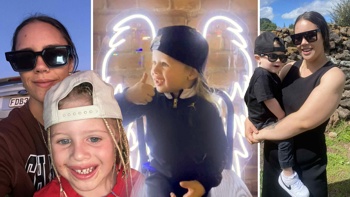
The Government considered immediately lifting benefits by $50, which would have more than doubled the number of children pulled out of impoverished households.
This would have also doubled the immediate cost of the benefit increase, pushing it above $1 billion.
Ultimately the Government opted to spread the benefit increase over two Budgets, lifting core benefits by $20 from July 1 this year and topping them up next year to lift all benefits by $32 to $55 overall.
The initial boost was estimated to cost just under $500 million, and total package $3.3b over four years, lifting up to 33,000 children out of poverty.
Advice provided by Treasury to the Government ahead of Budget 2021 considered a request from Minister for Child Poverty Reduction, Prime Minister Jacinda Ardern, on implementing a $50 a week benefit increase from July 1, or across two stages.
This would have cost $4.04b over four years.
One paper, provided to ministers in March, said an increase of $50 per week would "help significantly with objectives to improve income adequacy, improve child wellbeing and reduce child poverty".
"It would support more ambitious targets for the second round of the three-year child poverty targets and ensure greater progress towards the 10-year targets.
"A $50 per week increase to main benefits would roughly double the reductions in child poverty on the before-housing-cost primary measure relative to a $25 per week increase."
A $50 a week increase would immediately have lifted 20,000 children out of poverty, compared to 9000 at $25 before housing costs, officials estimated.
A staggered increased would see 18,000 out of poverty by 2023.
However, there were "key trade-offs" with other spending priorities, particularly around incentives to study and work, officials said.
If benefits were increased by $50 per week, they would generally be around $25 per
week higher than equivalent rates of student support.
"This would have significant implications for the benefit and student interface and would likely reduce the financial incentives to study.
There was also a risk it could reduce the incentive to work, if there were not corresponding increases to in-work incomes.
"There are already relatively weak financial incentives to work fulltime for some people, such as sole parents and secondary earners in couples with children on low wages/earning the minimum wage.
"These benefit increases will weaken these incentives further. On the other hand, there continues to be relatively strong financial incentives to work for single Jobseeker Support recipients even with a $50 increase to main benefits."
Any of these negative impacts could be mitigated through increased support for working families, student support and/or minimum wage settings, officials said.
Another Treasury report in March said while a $50 increase would make a "significant difference for particularly vulnerable groups" the Government needed to also focus on paid employment.
"Our advice is therefore to progress at most a $25 per person increase to main benefits this budget," officials said.
This approach would allow for "fiscal space" to use a range of levers to address objectives, including social insurance and health reforms, they said.
Ultimately the Government decided to lift student support (allowances and loans) by $25 per week on April 1, 2022.
Take your Radio, Podcasts and Music with you









